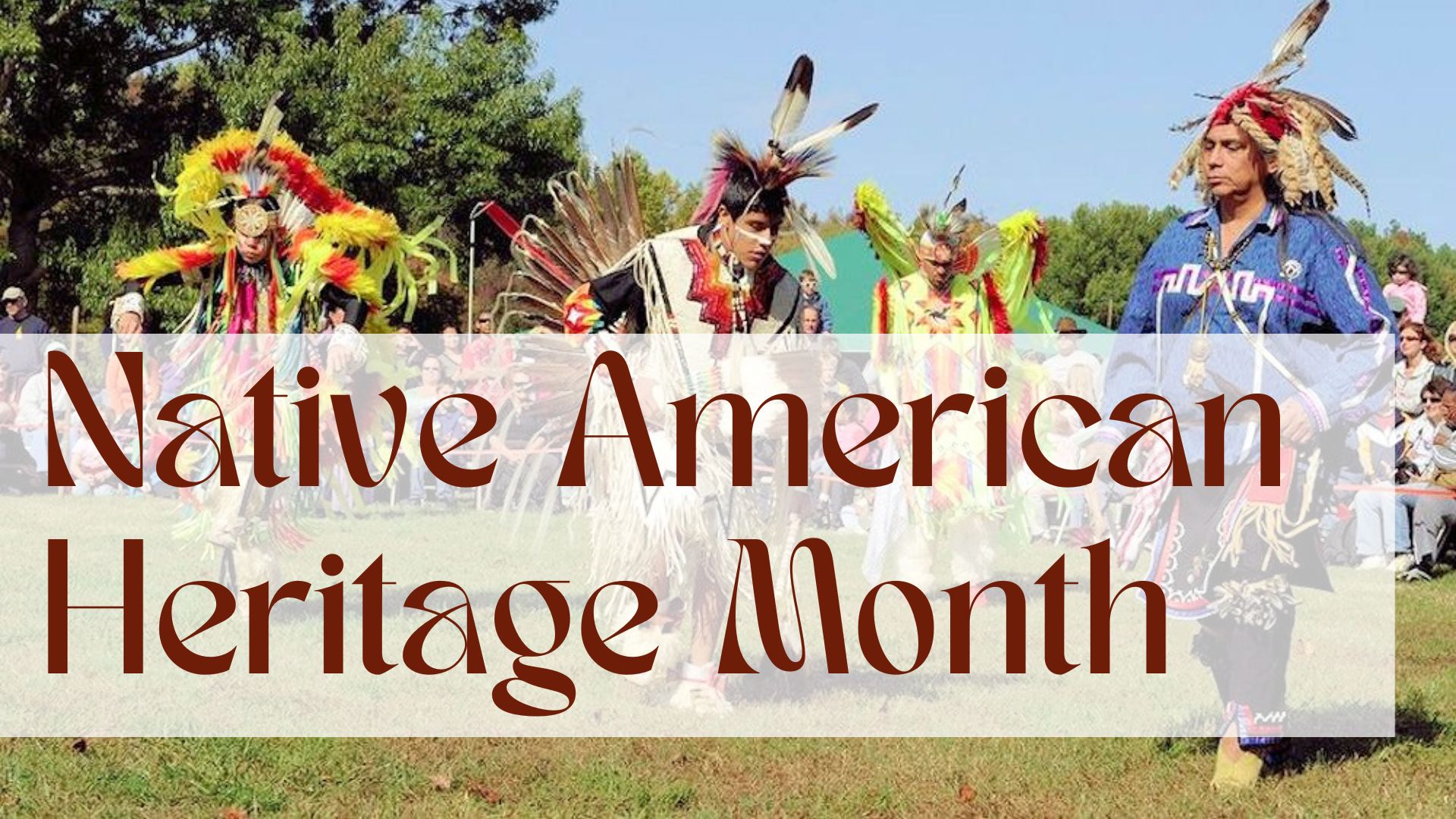By Claire Gunster-Kirby
November’s Native American Heritage Month began at the turn of the 20th Century as a day of recognition for the contributions of Native Americans to the growth and establishment of the United States. In the early 1900’s, Dr. Arthur C. Parker, a Seneca Indian, persuaded the Boy Scouts of America to set aside a “First Americans’ Day”, which they did for three years. On September 28, 1915, the Congress of the American Indian Association and its president, Rev. Sherman Coolidge, an Arapahoe, declared the second Saturday of May as American Indian Day. It was the first formal appeal for recognition of Native Americans as citizens. In June 1924, Congress finally passed the Indian Citizenship Act, giving citizenship to all Native Americans born in the U.S. They were still ineligible to vote.
To draw attention to First Americans’ Day, Red Fox James, a Blackfoot Indian, rode 4,000 miles from state to state on horseback collecting the endorsements of 24 state governments to honor Native Americans. On December 14, 1915, James presented them to President Woodrow Wilson, but no National Day of Recognition was proclaimed.
In 1916, New York was the first state to recognize such a day when Governor Charles Whitman declared the second Saturday in May as American Indian Day. The Illinois legislature enacted a day of recognition in 1919.
Since voting rights rested with state governments, many Native American citizens still weren’t allowed to vote until the 1950s.
President George H. W. Bush approved a joint resolution of Congress in 1990 which designated November as “National American Indian Heritage Month.” Similar proclamations in many states have been issued each year since 1994. In addition, some States and localities, including Montgomery County, have recognized what was generally known as Columbus Day, in October, as Indigenous Peoples’ Day.

